Key in a search term below to search our website.
Key in a search term below to search our website.
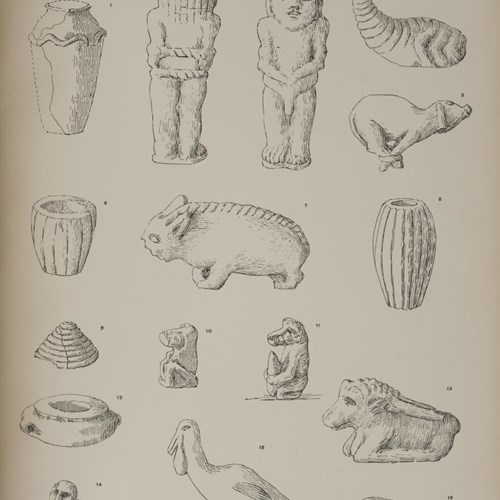
Aberdeen-born Annie Pirie was one of the first women in the United Kingdom to study Egyptology. Discover how this trained artist and pioneering archaeologist has left a lasting legacy.
View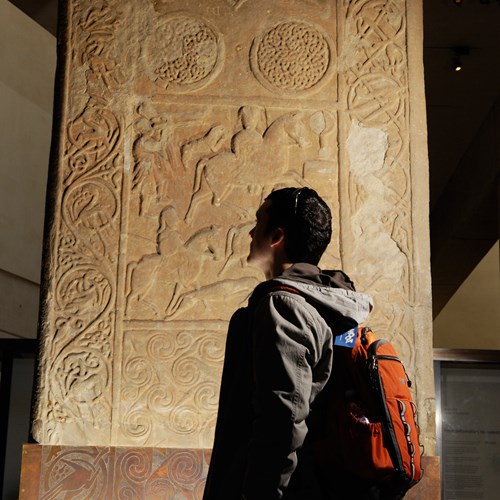
Our Scotland galleries guide you from the Palaeolithic era to the present day, from the earliest cultures to space age science, prehistory to pop culture.
View
We are delighted to invite National Museums Scotland Members and Patrons to an exclusive Preview Day of Game On before the exhibition opens to the public.
View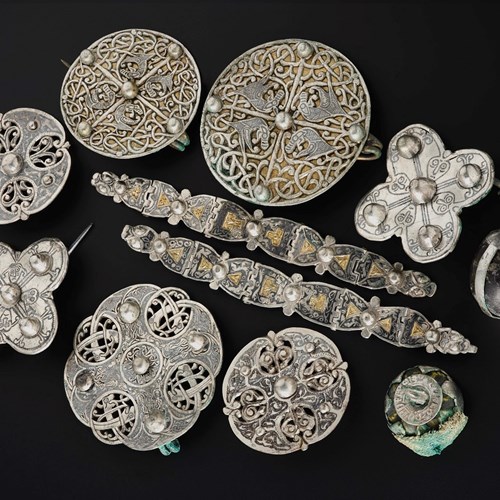
Find out what a hoard is, how historians and archaeologists have interpreted them, and why the Galloway Hoard is truly unique.
View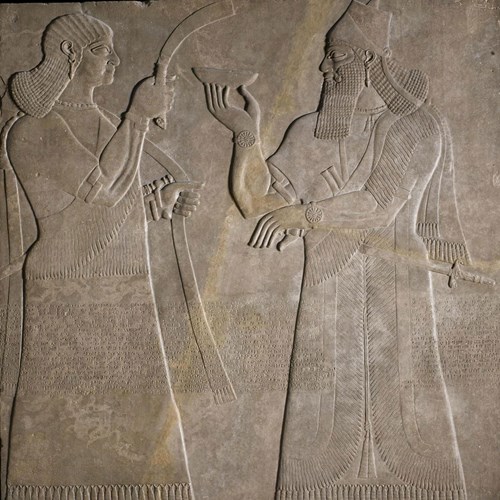
The panel was given to the Society of Antiquaries of Scotland in 1865 by Sir James Young Simpson.
View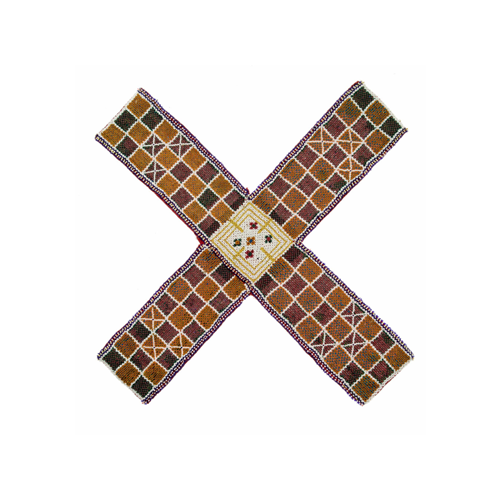

Images of people taking part in aspects of everyday life at home and and on the front line during the Second World War from the Scottish Life Archive and the collection.
View
Find out about Freddy the robot developed in the 1970s at the University of Edinburgh and explore how robot technology has changed from early automota to assisting surgery and exploring Mars.
View
With its slick design and sensational selection of records, this jukebox for the future may look like an all-American classic but it was designed in France and manufactured in the UK. Let’s rock this joint!
View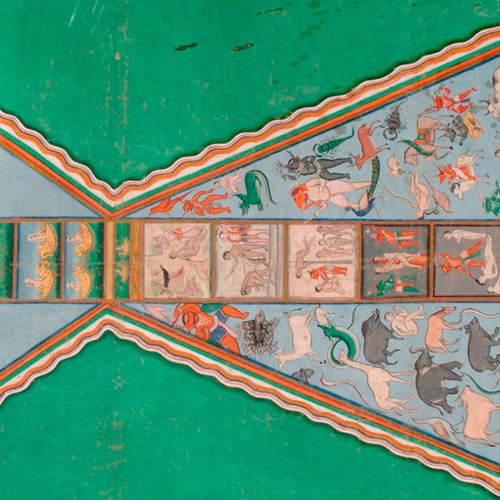
Discover how this stunning, detailed wall hanging was brought back to life by our Textile Conservation team.
View
Bring your little ones for a fun session on the Magic Carpet exploring maths tales.
View
This curious object, one of the earliest surviving pieces of Scottish-made gold, was used at the Scottish coronation of Charles I, held some eight years after his coronation in London.
View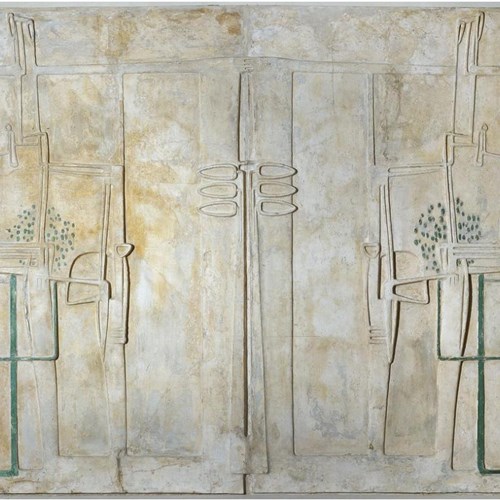
Charles Rennie Mackintosh and Margaret Macdonald Mackintosh were at the forefront of the 'Glasgow School' style of art, design and architecture.
View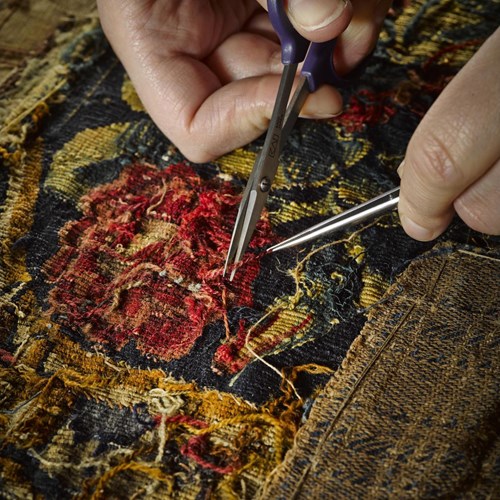
Hung in Europe’s most noble households, this luxurious tapestry belongs to a Flemish set known as The Triumph of the Seven Virtues. It was woven in Brussels during the early 16th century.
View
This early medieval silver, unearthed in Fife during the 19th century, is one of the largest Pictish hoards ever to be found.
View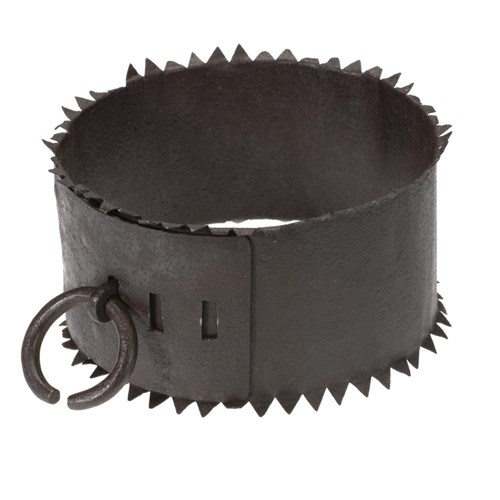
This witch's iron collar (or jougs) was owned by the parish of Ladybank in Fife in the 17th century.
View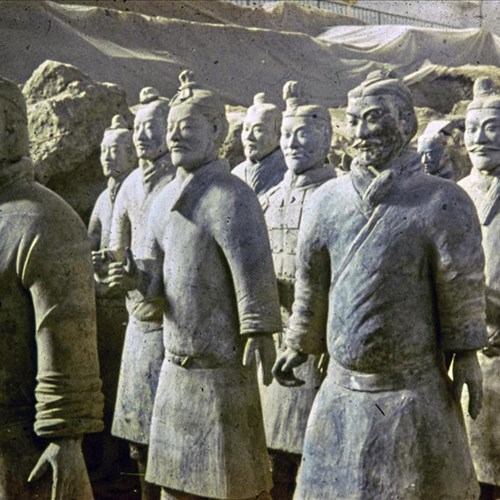
The Ann Paludan Photographic Archive consists of more than 10,000 photographsof historical Chinese sculptures, and represents over thirty years of site visits and research by writer and art historian Ann Paludan (1928–2014).
View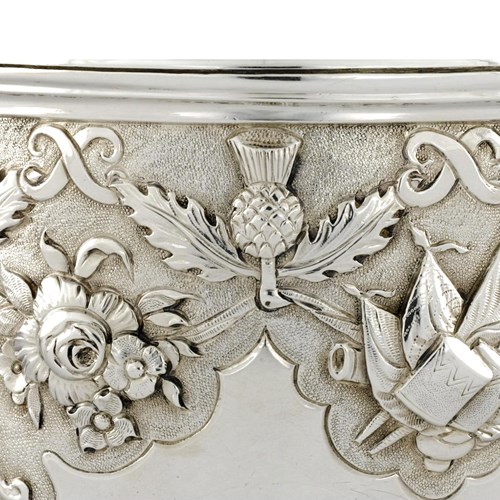
This elaborate travelling set was made by the Edinburgh goldsmith Ebenezer Oliphant in 1740-41 for Prince Charles Edward Stuart.
View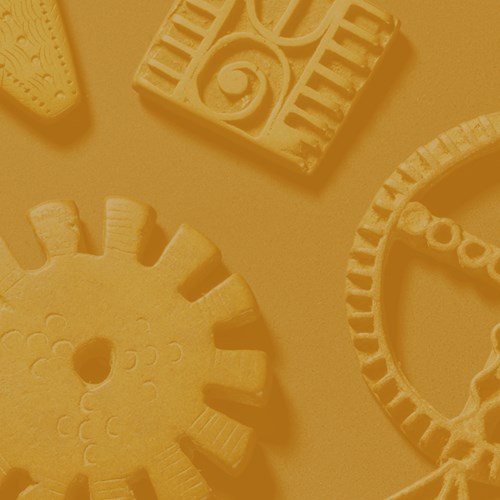
These small objects were essential tools for trade in West Africa until the end of the 19th century.
View

This tumbler was given by Napoleon to Captain Francis Maitland of HMS Bellerophon, which took the deposed Emperor away.
View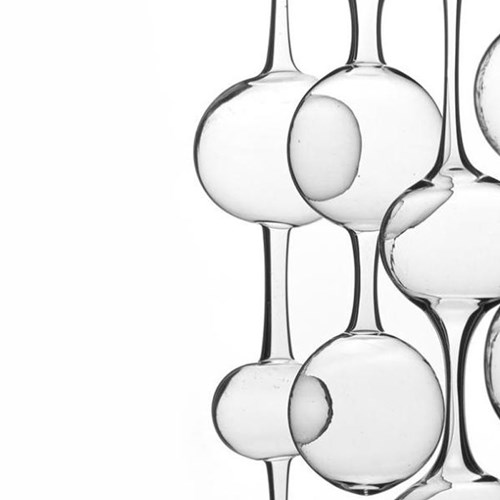
Discover a wonderful collection of design which was amassed during second half of the 20th century by collectors with an inspiring passion for Modernism.
View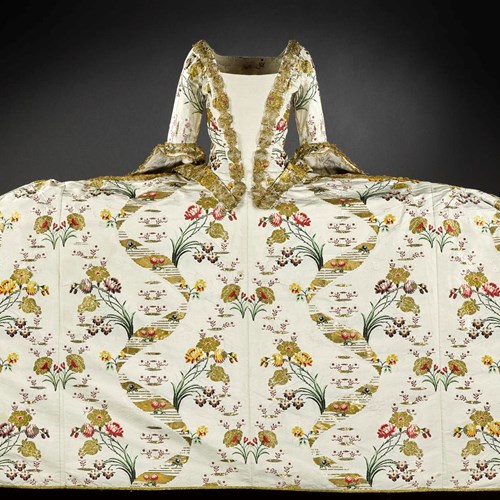
The European Decorative Arts section encompasses gold and silver, sculpture, ceramics, glass, enamels, arms and armour, dress, tapestries, textiles and furniture made between 1200 and 1850.
View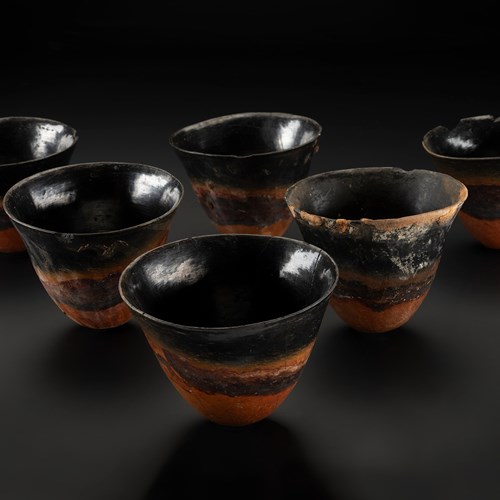
Our Mediterranean, Africa, Americas and Oceania collections consist of over 35,000 objects ranging from the archaeological to the contemporary.
View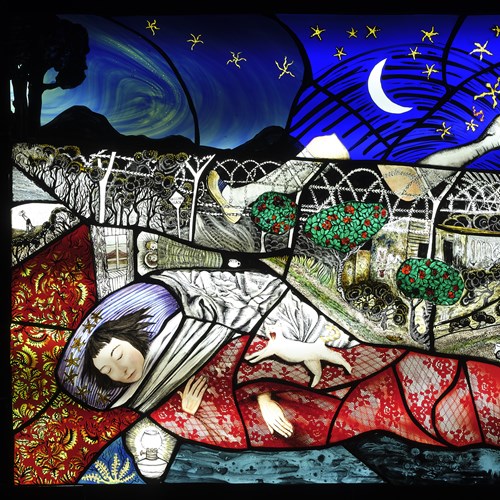
Our Modern and Contemporary Design collections comprise over 35,000 objects dating from c.1850 to the present.
View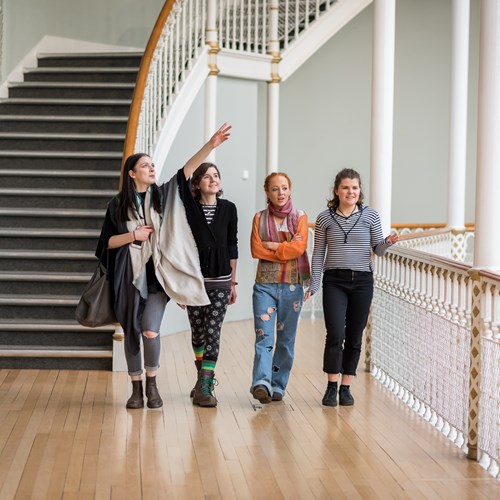
Enjoy a 30 minute wander around the museum and discover mindful moments throughout our galleries.
View
Explore the museum through song, rhymes and sensory play with our Magic Carpet activity sessions for toddlers and early years.
View
Join us for a relaxed Magic Carpet session as we explore the museum through interactive songs, rhymes and sensory play.
View
Ashleigh Whiffin, Assistant Curator of Entomology explains why the National Museums Scotland collection contains around 2.5 million insect specimens, why we collect them, and what they’re used for.
View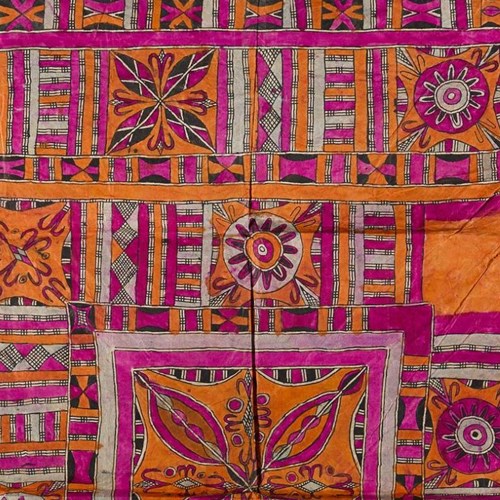
Pink-dyed barkcloth from Central Sulawesi captivates with its vibrant colour. Learn about the cultural role, production, and modern adaptations of barkcloth in this part of the Indonesian archipelago.
View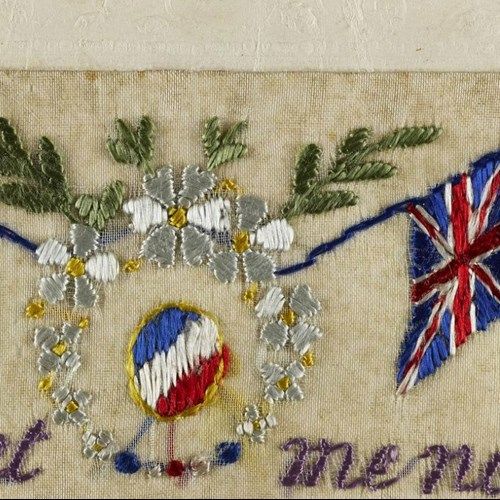
Explore treasured artefacts passed down through generations, providing a personal insight into the lives of those at home and on the front lines.
View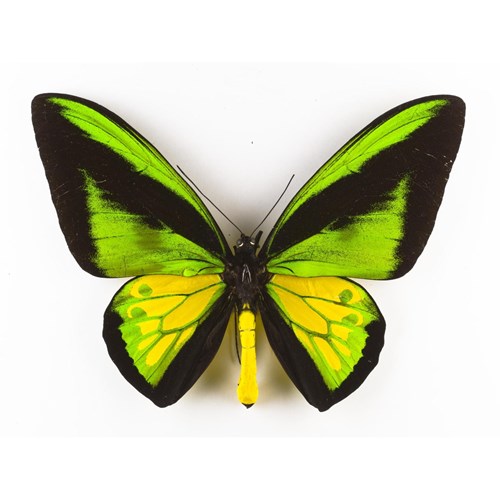
The Natural Sciences department houses more than 2,000 shells, insects, bird skins and bats from the collections of the legendary naturalist John George Williams.
View
Want to get creative with colour? Join artist Elisabeth Viguie-Culshaw for a hands-on natural dyeing workshop at the National Museum of Rural Life using locally cultivated plants.
View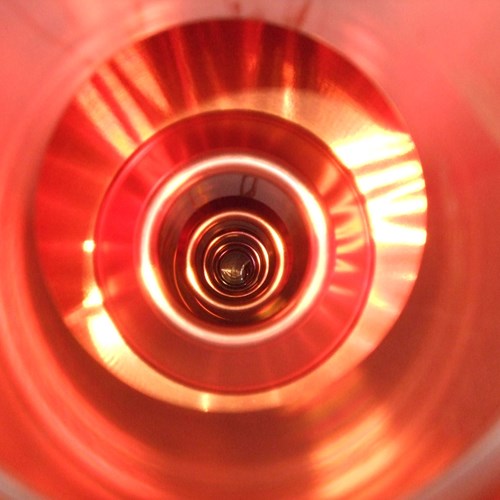
This copper radio frequency accelerating cavity played a part in scientific history when it was used in the Large Electron Positron (LEP) collider at CERN from 1989 to 1995.
View
This 13-metre-long handscroll shows the bustling life in the theatre district of Edo (today's Tokyo) around 1700. It shows people enjoying a range of entertainment, from puppet shows and Kabuki theatre to comic skits and private parties.
View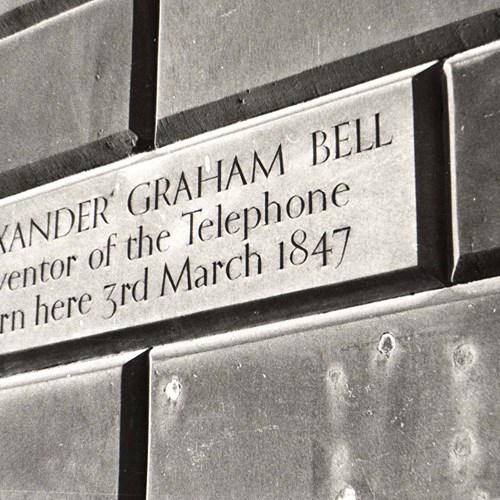
This strange-looking device was the first model of telephone to go on sale. But can its creator, Alexander Graham Bell, truly lay claim to the title ‘inventor of the telephone’?
View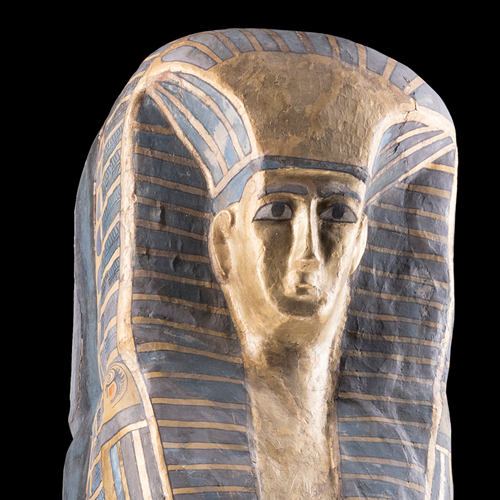
In 1908, an intact burial of a woman and a child was discovered by a team of Egyptian excavators and British archaeologist W.M. Flinders Petrie in Qurna, Thebes, Egypt.
View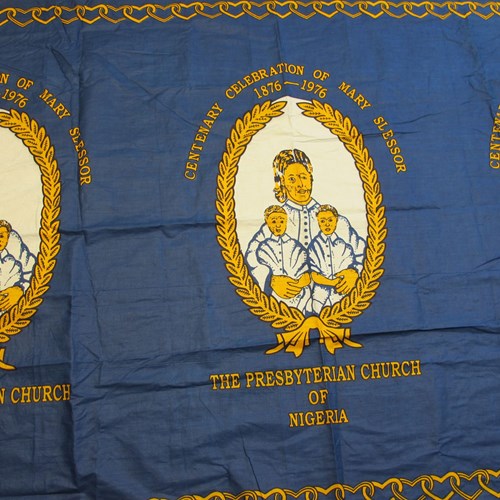
Why should a 19th century Scottish woman feature on a contemporary African cloth? Discover the story of Mary Slessor: missionary, magistrate and champion of women's rights.
View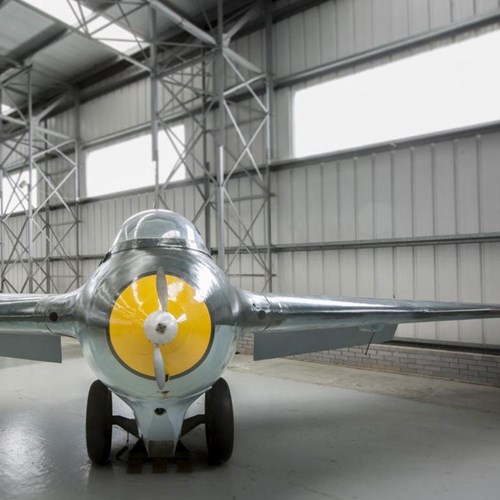
The Messerschmitt Komet was the fastest aircraft of the Second World War, and the only rocket-powered fighter plane ever to be used in combat.
View
With a diverse range of events spaces and idyllic grounds, the museum is an ideal location for corporate or private events.
View